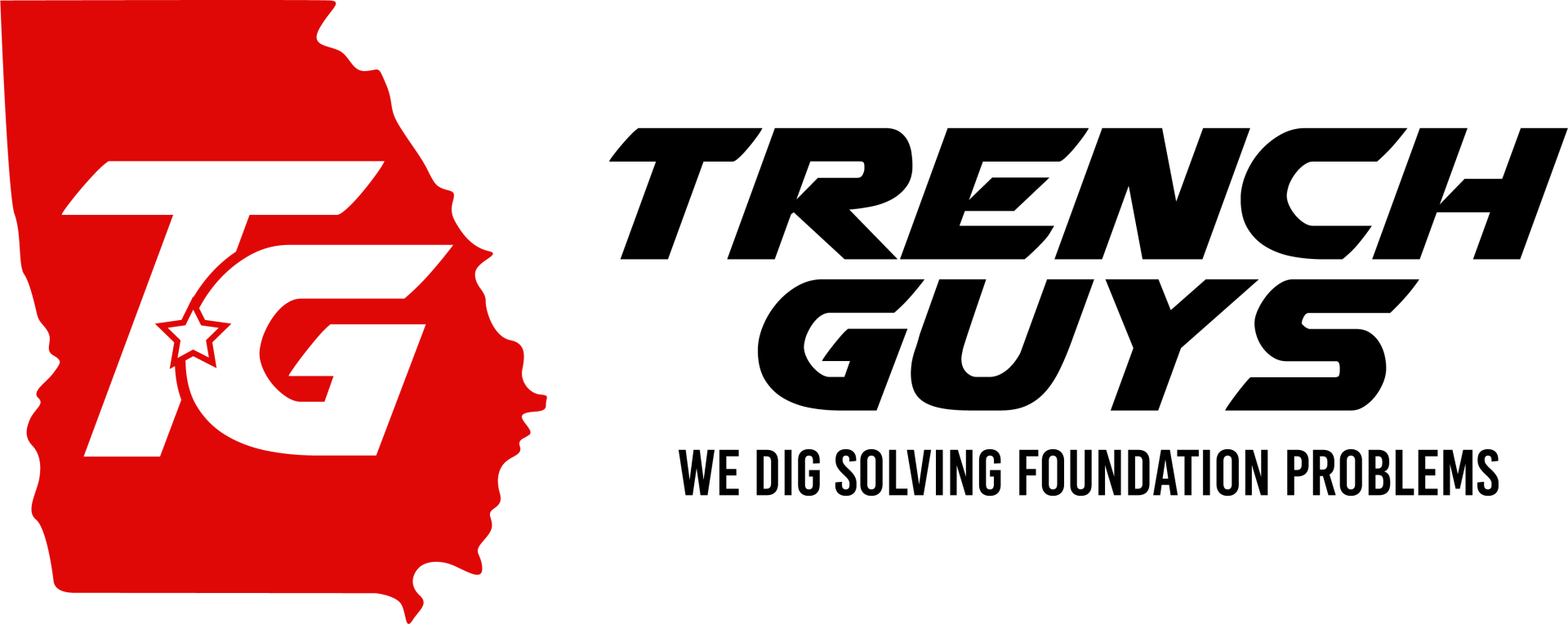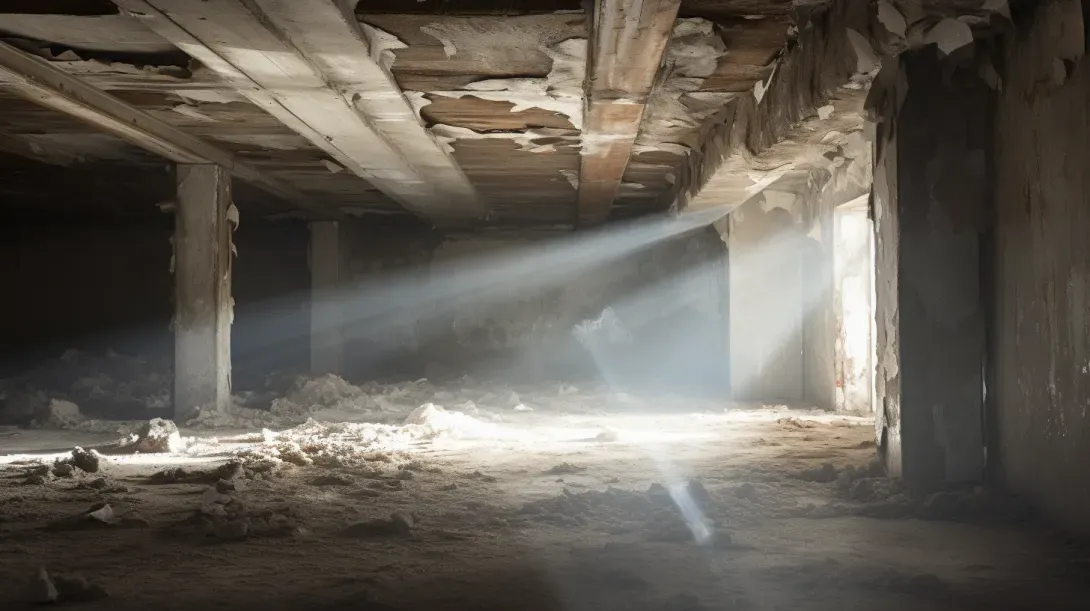In the realm of home maintenance, the crawl space often goes unnoticed, yet it plays a pivotal role in the overall health and efficiency of your home. This often-overlooked area, hidden beneath your living space, can be the key to not only preserving the structural integrity of your home but also enhancing its energy efficiency and indoor air quality. In this blog, we delve into the critical importance of maintaining your crawl space, shedding light on why this hidden gem deserves your attention.
Crawl spaces, if neglected, can become the source of numerous issues that affect your home and your living environment. From moisture problems leading to mold growth and wood rot, to energy inefficiencies that inflate your utility bills, the consequences of an unmaintained crawl space are far-reaching. We will explore the most common crawl space issues homeowners face, emphasizing the need for proactive and cost-effective solutions.
Understanding the intricacies of crawl space maintenance is not just about fixing problems as they arise; it's about adopting a preventative approach that safeguards your home against potential damage and inefficiencies. Whether you're a new homeowner or have been in your house for years, this blog aims to equip you with the knowledge and strategies to effectively manage your crawl space, ensuring a healthy, comfortable, and energy-efficient home.
Join us as we navigate the often-misunderstood world of crawl spaces, uncovering the challenges and solutions that lie beneath the surface of your home.
Identifying Common Crawl Space Problems
Recognizing issues in your crawl space is crucial for maintaining the structural integrity and overall health of your home. This section will guide you through the common signs of crawl space damage and their underlying causes.
Signs of Crawl Space Damage
Various indicators can signal problems in your crawl space. Here's a bulleted list of the most common signs:
- Moisture Issues: Presence of standing water, dampness, or water stains.
- Mold Growth: Visible mold or a musty odor indicating mold presence.
- Structural Damage: Sagging floors, cracks in interior walls, or foundation cracks.
- Pest Infestations: Signs of rodents or insects, such as droppings or nesting materials.
- Insulation Problems: Wet, hanging, or missing insulation.
- Increased Energy Bills: Unexplained rise in heating or cooling costs.
Explanation of How These Issues Can Impact the Home:
- Moisture and Mold: Can lead to health problems and deteriorate building materials.
- Structural Damage: Poses a risk to the safety and stability of your home.
- Pests: Can cause damage to wiring and insulation, leading to further issues.
- Insulation Problems: Result in energy inefficiency, affecting home comfort and utility costs.
Understanding the Causes
Identifying the root causes of these issues is key to finding effective solutions.
Discussion on Common Causes:
- Water Damage: Often due to poor drainage around the foundation or leaks in plumbing.
- Poor Insulation: Inadequate or deteriorated insulation leading to moisture and temperature issues.
- Pests: Entry points in the crawl space allowing rodents and insects to invade.
- Ventilation Issues: Improper ventilation causing moisture buildup and related problems.
- Foundation Cracks: Allowing water and pests to enter the crawl space.
Understanding these common problems and their causes is the first step in maintaining a healthy and efficient crawl space. Regular inspections and timely interventions can prevent these issues from escalating, ensuring the longevity and safety of your home.
Preparing for Crawl Space Repair
Proper preparation is key to effectively addressing crawl space issues. Whether you're conducting a DIY inspection or deciding when to call in a professional, understanding the right steps and considerations is crucial. This section provides guidance on both fronts.
DIY Inspection Tips
Conducting a DIY inspection of your crawl space can help you identify potential issues early on. Here's a step-by-step guide to assist homeowners in this process.
Step-by-Step Guide for Homeowners:
- Gather Necessary Tools: Flashlight, gloves, protective clothing, mask, and a camera or smartphone for taking pictures.
- Ensure Safe Access: Make sure the entry to your crawl space is clear and safe to enter.
- Look for Visible Signs of Damage: Check for any signs of water damage, mold growth, pest infestations, or structural damage.
- Inspect Insulation: Ensure that insulation is intact and properly installed.
Check for Air Leaks: Look for gaps or holes that might be allowing air to enter or escape.
Safety Tips for Inspection:
- Wear Protective Gear: Always wear gloves, a mask, and protective clothing to avoid contact with harmful substances.
- Avoid Touching Electrical Wiring: Be cautious of any exposed wiring or electrical fixtures.
- Be Aware of Your Surroundings: Watch your head and be mindful of any sharp objects or hazardous materials.
When to Consult a Professional
While DIY inspections are useful, certain situations require the expertise of a professional.
Advice on Situations That Require Professional Assessment:
- Significant Water Damage: If there's extensive water damage or standing water, it's best to consult a professional.
- Structural Concerns: Any signs of serious structural damage should be immediately addressed by a specialist.
- Persistent Mold Issues: If mold is widespread or keeps returning despite efforts to clean it, professional intervention is necessary.
Tips for Choosing a Reliable and Affordable Service Provider:
- Research and Reviews: Look for service providers with good reviews and a solid reputation.
- Get Multiple Quotes: Don’t settle for the first quote; compare prices and services from several providers.
- Verify Credentials: Ensure the professionals are licensed, insured, and experienced in crawl space repair.
Preparing for crawl space repair, whether through a DIY inspection or by consulting a professional, is a critical step in maintaining the health and safety of your home. By following these guidelines, homeowners can effectively identify issues and choose the right course of action.
Cost-Effective Repair Solutions
Effectively repairing and maintaining your crawl space doesn't have to break the bank. There are several cost-effective solutions for addressing common issues like moisture and water damage, as well as improving insulation and ventilation. This section explores these solutions, offering insights into both DIY methods and professional approaches.
Addressing Moisture and Water Damage
Moisture and water damage in crawl spaces can lead to significant problems if not addressed promptly and effectively.
Solutions for Waterproofing and Moisture Control:
- Proper Drainage: Ensure that the ground around your home slopes away from the foundation to prevent water accumulation.
- Vapor Barriers: Install a vapor barrier on the crawl space floor to reduce ground moisture evaporation.
- Dehumidifiers: Use a dehumidifier to control the humidity levels in your crawl space.
Comparison of DIY Methods vs. Professional Solutions:
- DIY Methods: Simple solutions like regrading the land around your house or installing a vapor barrier can be done by homeowners.
- Professional Solutions: For more severe issues, like installing a sump pump or addressing structural damage, professional expertise is recommended.
Insulation and Ventilation Improvements
Proper insulation and ventilation are key to maintaining an energy-efficient and damage-free crawl space.
Types of Insulation Materials and Their Cost Benefits:
- Fiberglass Batts: A cost-effective option, suitable for dry crawl spaces.
- Rigid Foam Boards: More expensive but highly effective at preventing moisture penetration.
- Spray Foam: Offers excellent air sealing and insulation but at a higher cost.
Ventilation Strategies to Prevent Future Damage:
- Crawl Space Vents: Ensure that existing vents are clear and functional. In some climates, vent covers can be used seasonally.
- Exhaust Fans: Installing an exhaust fan can help regulate air flow and moisture.
- Conditioned Air Supply: In some cases, adding a small supply of conditioned air from the HVAC system can help maintain consistent temperatures and reduce moisture.
By choosing the right materials and methods for your specific situation, you can effectively address moisture, water damage, insulation, and ventilation issues in your crawl space in a cost-effective manner. These improvements not only protect the structural integrity of your home but also contribute to overall energy efficiency and indoor air quality.
Long-Term Maintenance and Prevention
Maintaining your crawl space is an ongoing process that requires regular attention. By implementing a consistent maintenance routine and taking preventative measures, you can avoid major repairs and ensure the longevity and health of your home. This section provides practical tips and strategies for long-term maintenance and prevention.
Regular Maintenance Tips
Consistent maintenance is key to keeping your crawl space in good condition and preventing costly repairs.
Checklist for Ongoing Crawl Space Maintenance:
- Inspect for Water Damage: Regularly check for any signs of water intrusion or moisture buildup.
- Look for Mold Growth: Be on the lookout for mold or mildew, which can indicate moisture problems.
- Check Insulation: Ensure that insulation is dry, intact, and properly placed.
- Examine Vents and Barriers: Make sure vents are clear and vapor barriers are undamaged.
- Pest Inspection: Look for signs of pests or rodents that can cause damage.
Importance of Regular Inspections to Prevent Major Repairs:
- Regular inspections help identify small issues before they become major problems.
- Early detection of issues like water damage or pest infestations can save significant repair costs in the long run.
Preventative Measures
Taking proactive steps can help avoid common issues that affect crawl spaces.
Strategies to Avoid Common Crawl Space Issues:
- Proper Ventilation: Ensure your crawl space has adequate ventilation to prevent moisture buildup.
- Moisture Barriers: Install and maintain moisture barriers to protect against ground moisture.
- Landscaping and Drainage: Keep the area around your foundation well-drained to prevent water accumulation.
- Regular Cleaning: Keep the crawl space clean to discourage pests and allow for easier inspections.
Cost-Benefit Analysis of Preventative Actions:
- Short-Term Costs: While some preventative measures may have upfront costs, such as installing a moisture barrier or improving ventilation, these costs are generally low.
- Long-Term Savings: The long-term savings from these actions are significant. Preventing moisture-related damage, for example, can save thousands in potential repair costs for issues like mold remediation, structural repairs, and pest control.
In conclusion, regular maintenance and preventative measures are essential for the long-term health of your crawl space. By following these tips and strategies, homeowners can protect their investment, avoid costly repairs, and ensure a healthy living environment.
Budgeting for Crawl Space Repair
Budgeting effectively for crawl space repairs is crucial for homeowners. Understanding the potential costs and exploring financing options can help in managing this essential aspect of home maintenance without undue financial strain. This section offers guidance on estimating repair costs and tips for financing and saving on these repairs.
Estimating Repair Costs
Knowing how to budget for crawl space repairs involves understanding the types of repairs needed and the factors that influence their cost.
Guidance on Budgeting for Different Types of Repairs:
- Minor Repairs: Such as sealing minor leaks or adding insulation. These are generally less expensive and can often be done as DIY projects.
- Moderate Repairs: Including dealing with moderate mold issues or improving ventilation. These may require professional assistance but typically don't involve extensive work.
- Major Repairs: Such as addressing structural damage or significant water intrusion. These repairs are the most costly and will almost always require professional intervention.
Factors That Influence the Cost of Crawl Space Repair:
- Extent of Damage: The more extensive the damage, the higher the repair cost.
- Accessibility: Difficult-to-access crawl spaces can increase labor costs.
- Materials Used: The quality and type of materials (e.g., insulation, vapor barriers) will impact the overall cost.
- Geographical Location: Labor and material costs can vary significantly depending on your location.
Financing and Saving on Repairs
For many homeowners, financing crawl space repairs is a practical approach to managing costs.
Options for Financing Crawl Space Repairs:
- Savings: Using savings set aside for home repairs is the most straightforward option.
- Home Equity Loans: For major repairs, a home equity loan can provide the necessary funds.
- Personal Loans: Personal loans can be an alternative, especially for less extensive repairs.
- Government Grants and Programs: Some regions offer grants or assistance programs for home repairs.
Tips for Finding Cost-Effective Repair Services and Materials:
- Get Multiple Quotes: Always get quotes from several contractors to compare prices.
- Seek Recommendations: Ask friends, family, or local forums for recommended service providers who offer reasonable rates.
- Consider Material Costs: Research and compare the costs of different materials to find a balance between quality and affordability.
- DIY What You Can: For minor repairs, consider doing it yourself to save on labor costs.
Budgeting for crawl space repair requires a careful assessment of the needed repairs, an understanding of the factors affecting costs, and exploring various financing options. By taking a thoughtful approach to budgeting and seeking cost-effective solutions, homeowners can ensure that their crawl spaces are well-maintained without overspending.
FAQs
Contact Trench Guys Today!
Trench Guys will do everything we can to ensure your experience with us is excellent.
Request A FREE Estimate
Request a Free Estimate Form
Checkout Recent Post
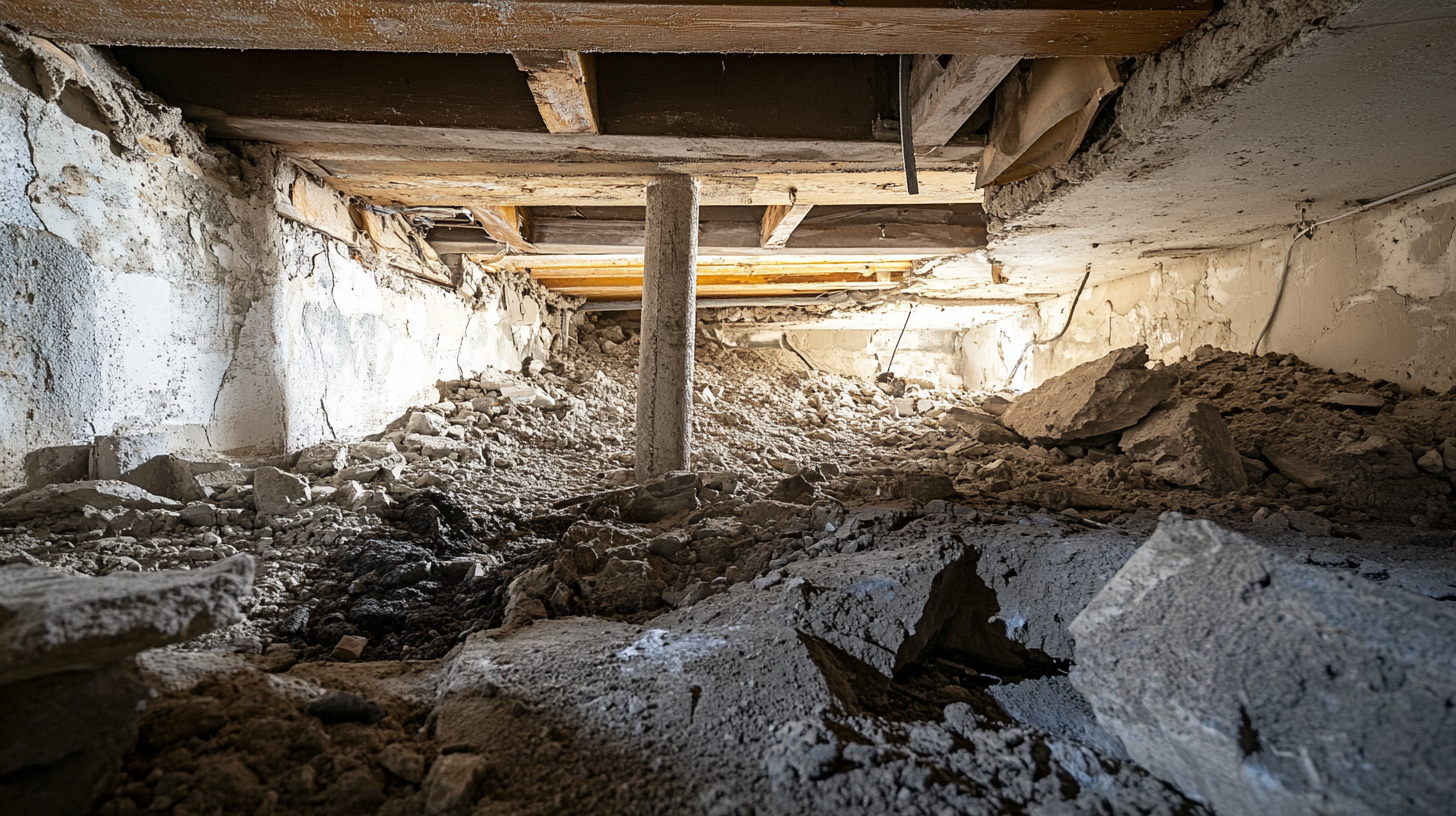
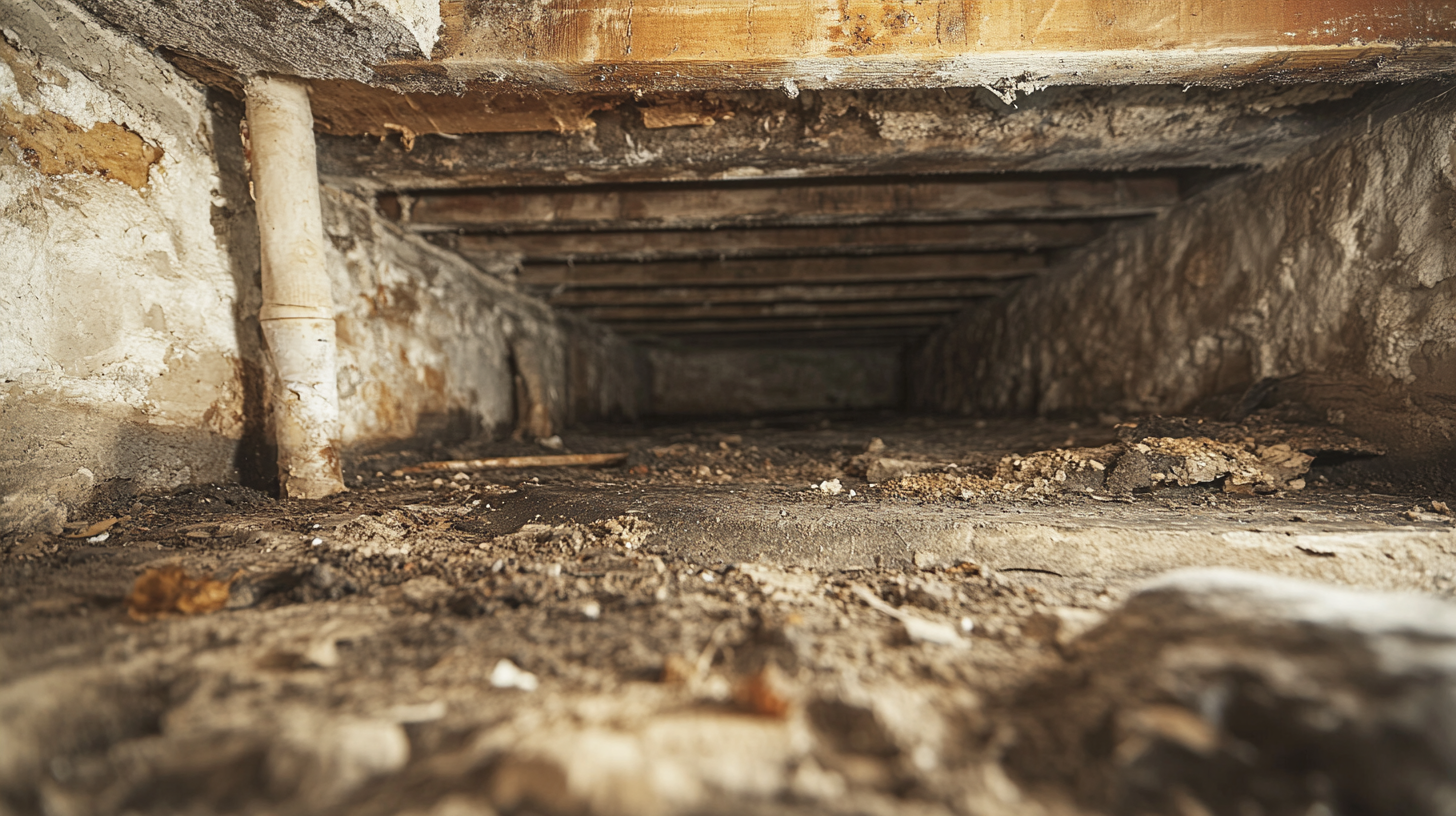
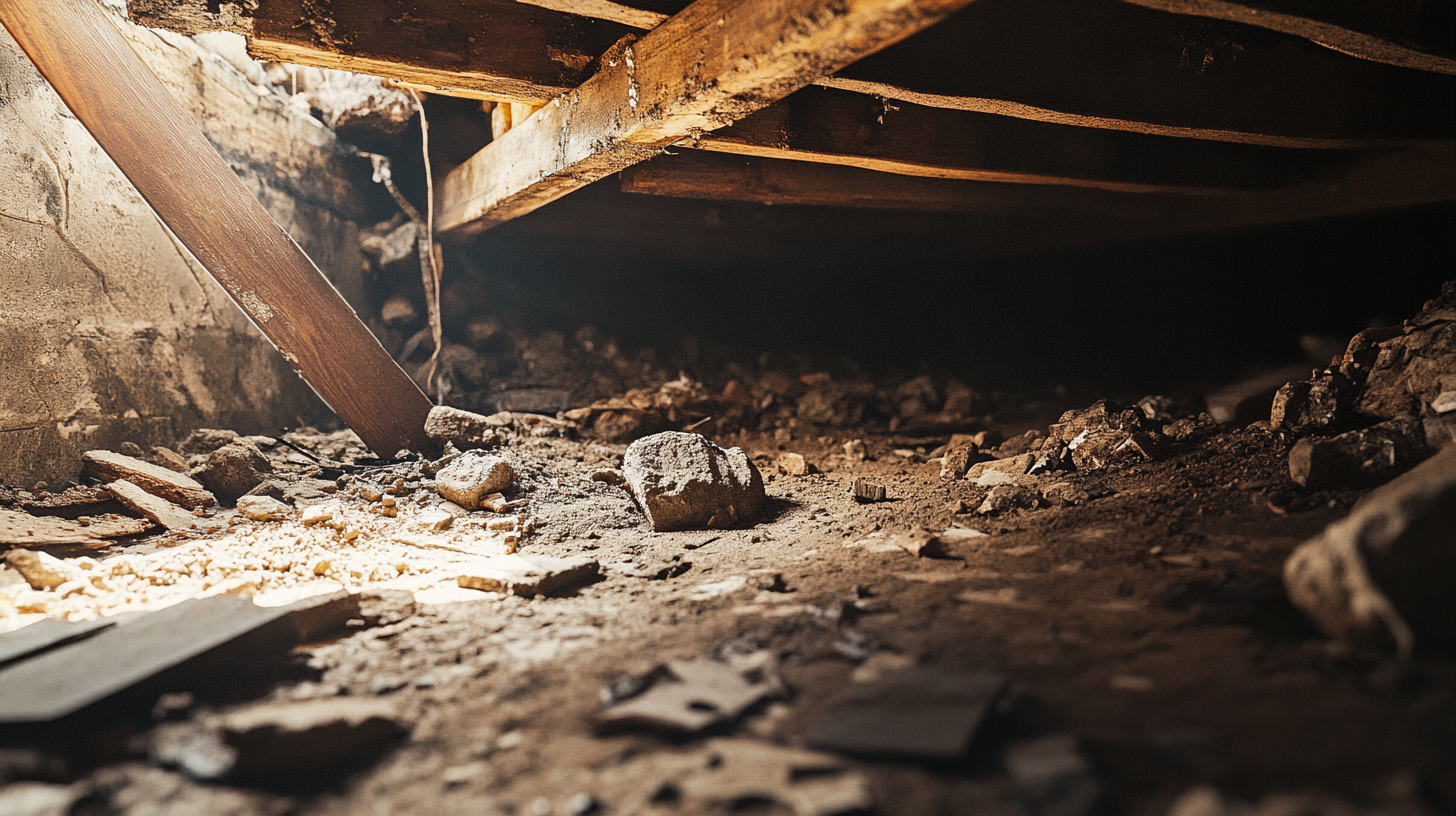
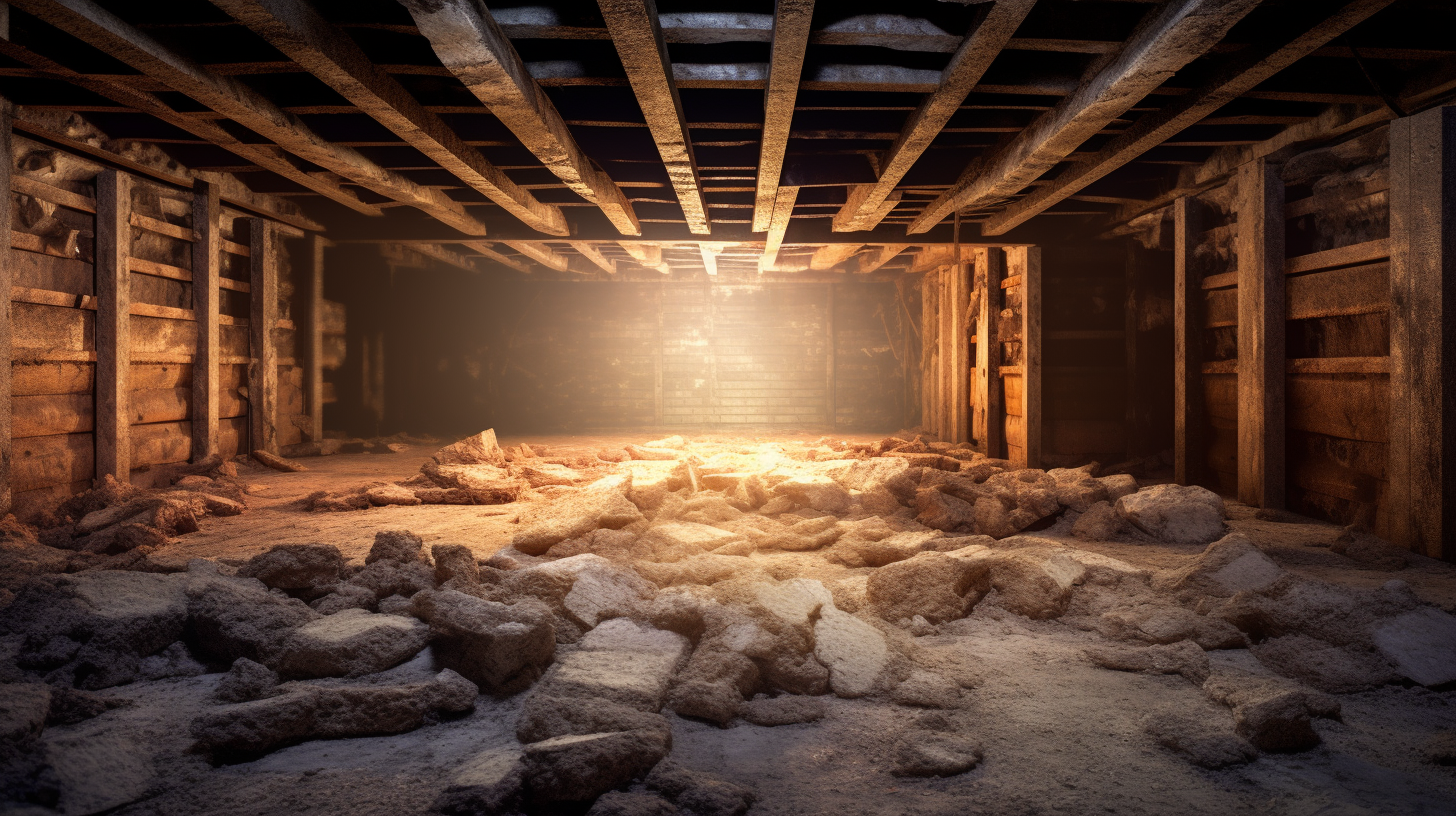
Got a Question? We’re Here to Help.
You can arrange an appointment or make an enquiry by phone or email, orget in touch to us via our contact form.
